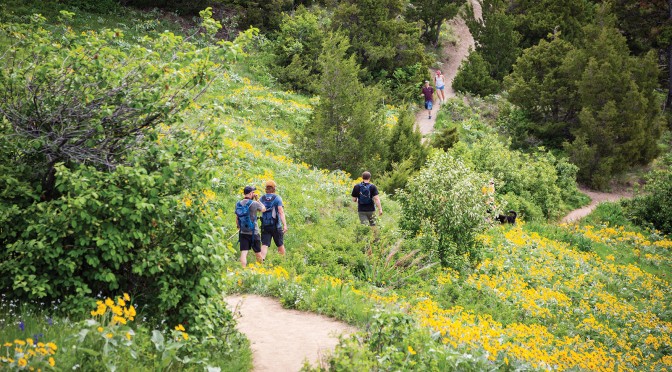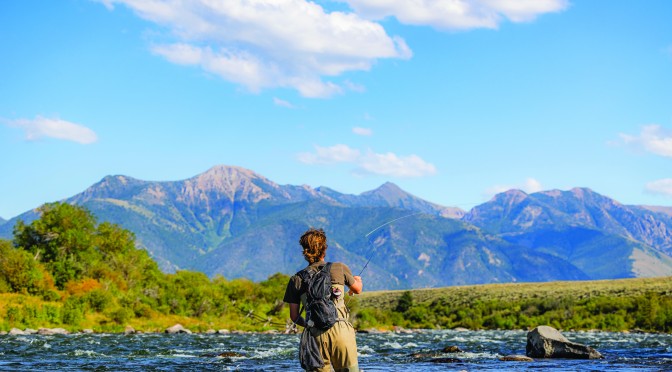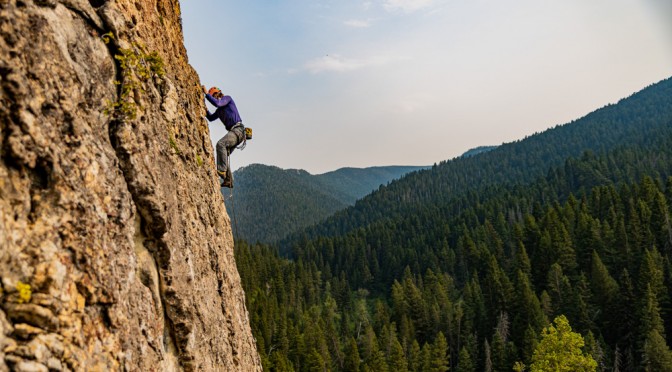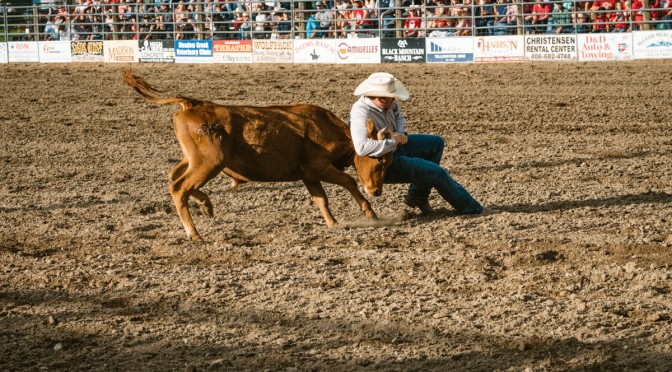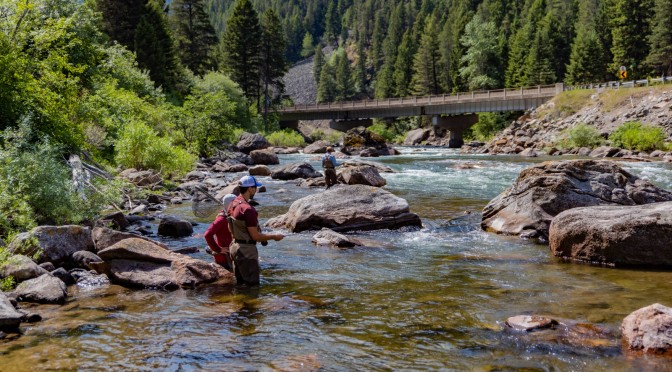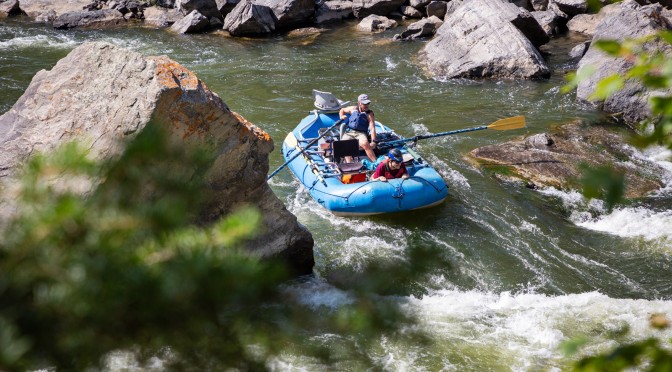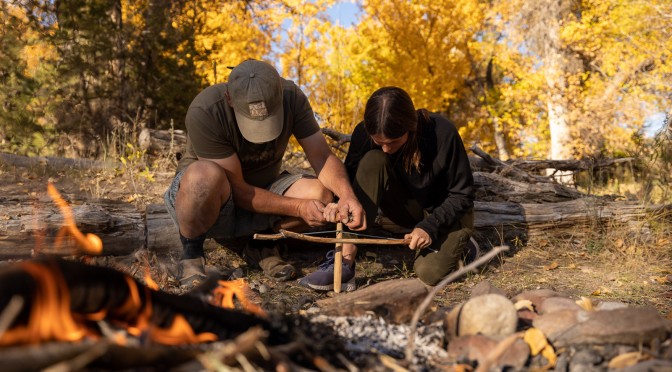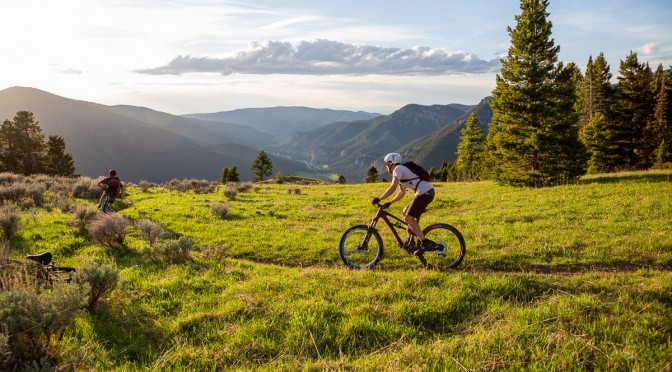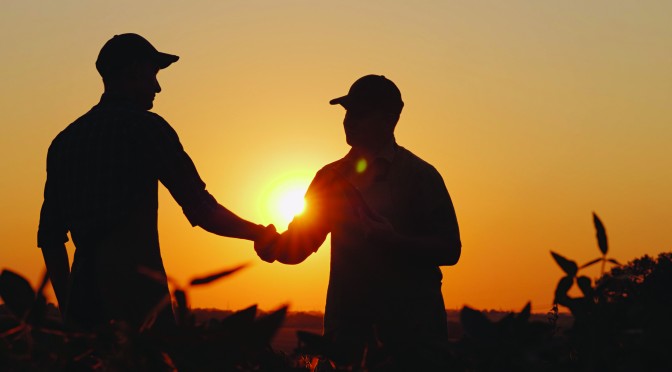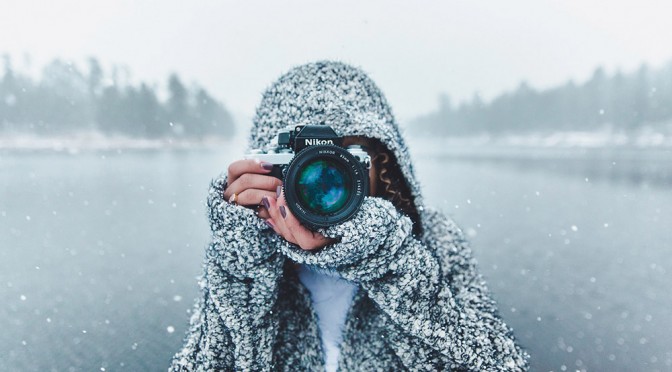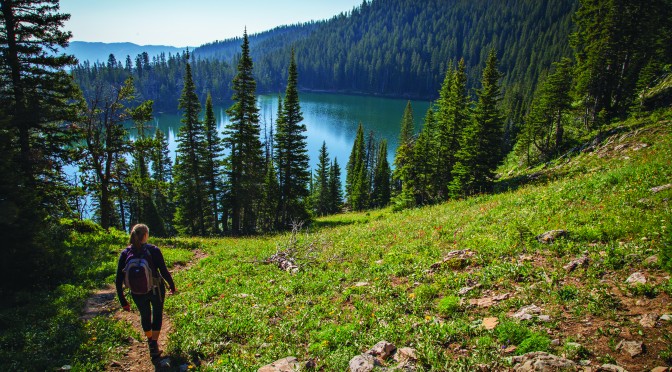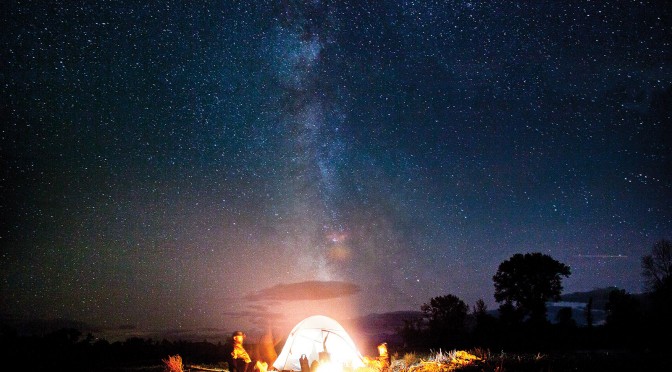by Corey Hockett
Paddling in Southwestern Montana.
Montana’s boating scene often gets shrugged off like a younger brother. Pitted against other western states, its reputation falls short of Idaho’s coveted multi-day trips and the Northwest’s epic whitewater. This may be why river life in the Treasure State is overlooked and underrated. Regardless, it’s all good, because in Bozeman, you’re teed up for just about all you can ask for—and usually without the out-of-state crowds joining you.
Gallatin
A mere 20 minutes from town, the Gally is our closest gem. A low- to medium-volume river, typical flows range from 300-1,000cfs at the gauge at Gallatin Gateway, with peak runoff landing somewhere between 5,000 and 6,000. In June 2022, spring rains and a melting snowpack cultivated a raging torrent over 8,600cfs, the highest ever recorded since the gauge was installed in 1994.
As a shallower river, the rapids on the Gallatin vary in shape and size and are more technical in nature. Rafters are tested with regular rock-dodging, while smaller crafts can pick from a selection of routes ranging from small drops to demanding boofs for kayakers. Most of the whitewater lies between Deer Creek and Lower Storm Castle. Intermediate paddlers should stick to sections above Lava Lake. Below this access is the formidable Mad Mile. At flows above 3,000cfs, this is a continuous Class IV run. If this doesn’t sound like you, and lounging on the raft with a beer and your dog is more up your alley, check out the river between Manhattan and Missouri Headwaters State Park. Appropriate options include canoeing, rowing a driftboat, and floating on an inner tube.
Yellowstone
The longest freestone river in the Lower 48, the Yellowstone forms deep in the Absaroka Range and flows for nearly 700 miles through mountain gorges and across prairie flats until it joins the Missouri near Williston, North Dakota. Apart from its tumbling cascades inside the national-park boundary, which are off-limits to boaters, the best rapids lie between Gardiner and Carbella Campground. Here, two supreme sections of whitewater await the eager river-runner.
The first three miles downstream of Gardiner yield playful wave trains (Class II-III) all the way to McConnell Landing. The river mellows out for the next ten miles, but picks back up where a narrow gorge constricts near the Joe Brown put-in. The fabled Yankee Jim Canyon is a four-mile stretch with three notable features: Boat Eater, Big Rock, and Boxcar rapids. At low to medium levels, intermediate paddlers and rowers will find it exciting but manageable. When flows crest above 15,000cfs, think twice before going down. While the waves and holes become munchier, the strong eddy fences and unpredictable boils are just as likely to tip an inexperienced boatman.
Below Yankee Jim, the river’s character relaxes significantly. Occasional rapids pop up now and again, but for the most part the Yellowstone is a fishing-float from here out. Downstream from Livingston, one will find more intermediate waves between Springdale and Grey Bear. While the river appears slow from a distance, it’s worth noting that the current is sneakily strong and should be treated with utmost respect.
Madison
Renowned as a destination fly-fishing river, the Madison is more apt to attract anglers than it is paddling enthusiasts. That said, Bear Trap Canyon holds something for everyone. Set in the Lee Metcalf Wilderness, the river’s remoteness combined with its impressive rapid lineup make it one of the state’s most celebrated whitewater runs.
Below Ennis Lake, one can select from two put-ins. Entering directly below the dam will insert you into the action right away, with Double Drop Rapids (Class IV) right around the corner. For those who want a slower start, drive all the way to the end of the road and launch at the powerhouse. In one quick mile, Whitehorse Rapid provides an excellent warm-up with a steep gradient and a forgiving wave train. The meat of the run, however, is a distinctive S-turn that occurs exactly halfway down. The infamous Kitchen Sink is a string of drops that are demanding and technical at all water levels. Scout (or portage) on river right, and make sure to watch for rattlesnakes along the way. The second half of the canyon offers plenty of Class II rapids, as well as the unmistakable Green Wave, an exciting Class III to keep you honest.
For folks less interested in whitewater, the lower Madison provides a number of great scenic floats all the way to Headwaters State Park, with Warm Springs to Black’s Ford being the most popular tubing stretch.
Gear
Like many other outdoor activities, boating can take up a sizeable portion of the gear closet (actually, you’ll probably need a garage). If you’re new to the sport, the one thing you can count on needing, no matter when you go, where you go, how you go, is a PFD. Montana law mandates that you have one in the boat with you, and if you’re going to be running any sort of whitewater, we recommend not skimping on the quality.
No matter what type of craft you’ll be taking, drybags are handy. To keep an extra set of clothes, your phone, sunscreen, etc., a 20-30L bag will do just fine. For multi-day trips, look for an additional large bag (70-100L) to hold your tent, sleeping bag, and other big items. Summer is a mere three months here, and if you like to be on the water any longer than that, expect unpredictable temps. Wetsuits and drysuits allow people in small crafts to paddle comfortably throughout the spring and fall. Same goes for pogies; they can be a saving grace for your hands on a cold day. Last but not least, we’re not here to police you on risk-taking, but if you intend to dabble with some faster water, it’s a good idea to have a helmet. Yours truly has bonked his head numerous times in the Mad Mile alone. Without the brain bucket, I may not even be around, or at least coherent enough, to pen this article.
Etiquette
River manners are not hard to follow; all it takes is some self-awareness and a bit of planning. Rule number one: do not clog up the boat ramp. If you’re launching a driftboat or raft, put on sunscreen, rig up your fishing rod, and pack the cooler away from the ramp, in a manner that does not impede or prevent any other party from accessing the water. You should feel anxious every time your truck is on the ramp. Get in, get out.
While on the water, give people space. Don’t pull out from an eddy directly in front of a group that’s in the main current, and grant people fishing from the bank a wide berth. In essence, it’s the Golden Rule—follow it and the river will treat you right.
Events
May-August
Kayaking Lessons – Bozeman. Whether it’s a six-week class or a single-day private session, Wave Train Kayak offers a fleet of courses to help you work on everything from basic paddling technique to advanced whitewater mechanics. wavetrainkayakteam.com
June
Gallatin Whitewater Festival – Bozeman. Suit up for a rip-roarin’ time in high-water season. Participate in one of (or all) three whitewater races including a slalom, individual timed, and a mass start. gallatinwhitewaterfestival.com
Wednesdays
Community Paddle Day – Bozeman. Meet like-minded folks and paddle a section of choice on the Gallatin after work. wavetrainkayakteam.com
July
Annual Yellowstone River Boat Float – Livingston. Join an annual tradition that stretches back nearly 60 years and float from Livingston to Columbus on a hot weekend in July. facebook.com

